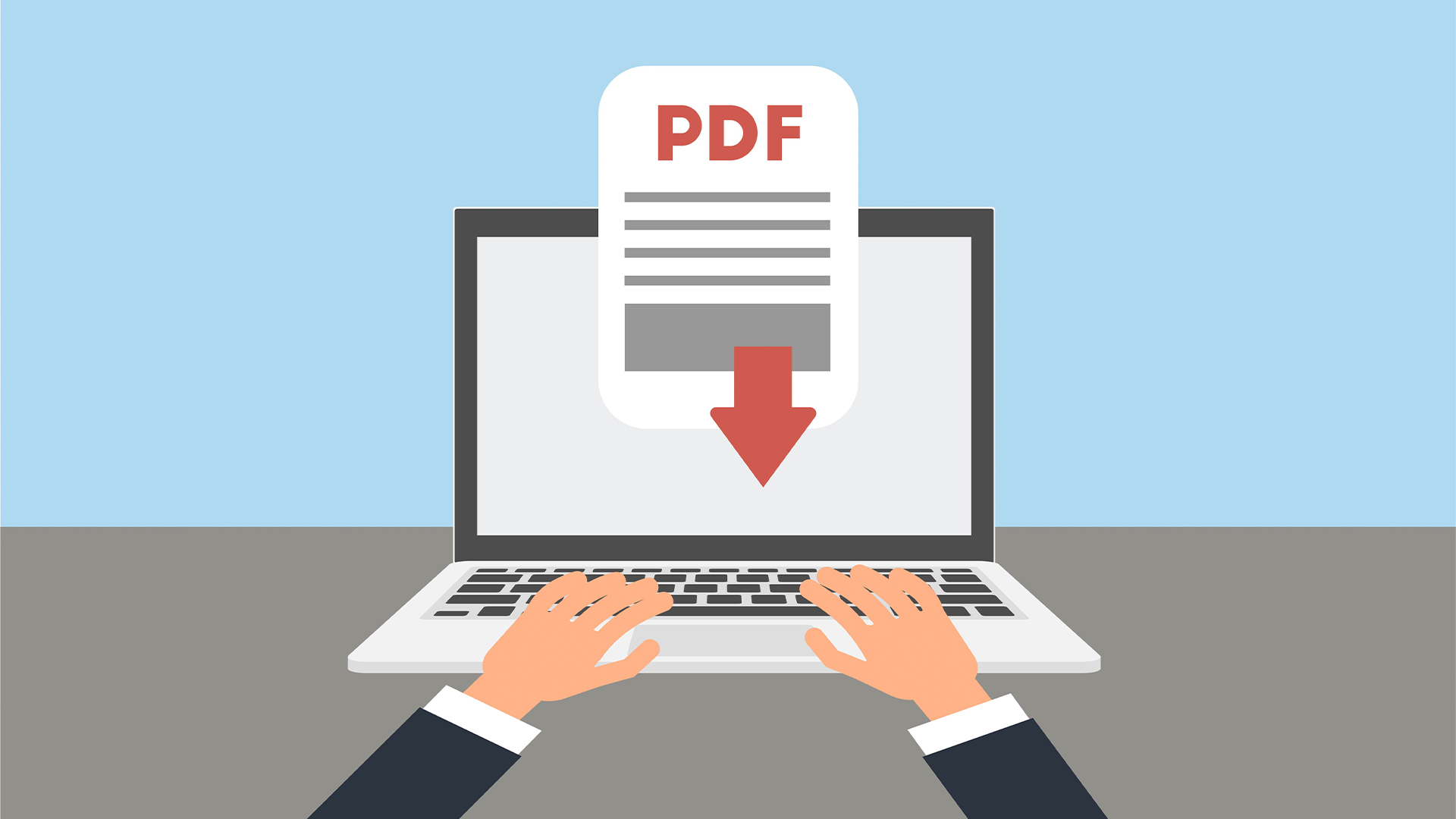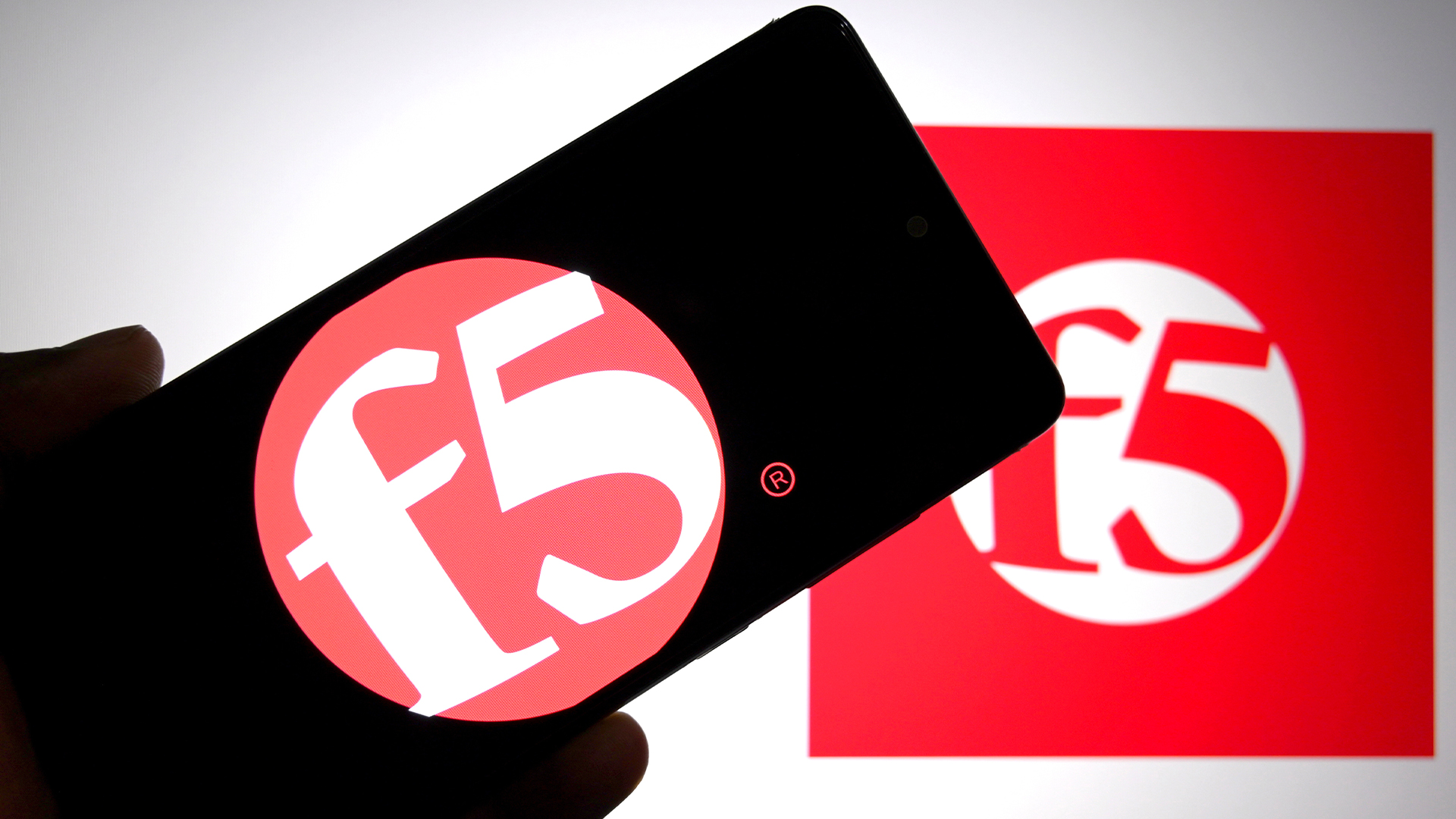Hackers are using PDFs to impersonate big brands like Microsoft and PayPal in a new threat campaign
The new threat campaign highlights the importance of robust staff training, experts told ITPro


Cyber criminals are increasingly using PDF attachments to impersonate major brands for phishing campaigns, according to new research from Cisco Talos.
The PDFs are used to entice victims to phone numbers purportedly belonging to brands including Microsoft, DocuSign, Dropbox, PayPal, and Adobe in what's known as Telephone-Oriented Attack Delivery (TOAD).
Victims are instructed to call a specific number in the PDF to resolve an issue or confirm a transaction.
30% off Keeper Security's Business Starter and Business plans
Keeper Security is trusted and valued by thousands of businesses and millions of employees. Why not join them and protect your most important assets while taking advantage of this special offer?
The attacker then poses as a legitimate representative of the firm and attempts to manipulate them into disclosing confidential information or installing malicious software on their computer.
In a blog post detailing the campaign, Omid Mirzaei, security research lead at Cisco Talos, said this particular attack method, described as ‘callback phishing’ does not rely on traditional techniques such as using fake websites or phishing links.
It’s this, combined with the impersonation of trusted brands, that makes it a particular concern for enterprises.
"Attackers use direct voice communication to exploit the victim's trust in phone calls and the perception that phone communication is a secure way to interact with an organization,” he explained.
Sign up today and you will receive a free copy of our Future Focus 2025 report - the leading guidance on AI, cybersecurity and other IT challenges as per 700+ senior executives
“Additionally, the live interaction during a phone call enables attackers to manipulate the victim's emotions and responses by employing social engineering tactics."
In one example, the threat actor used the enticing subject line, 'Paycheck Increment', strategically timed for periods when promotions or merit changes were likely to occur in various organizations.
The threat actors often use Voice over Internet Protocol (VoIP) to remain anonymous, Cisco Talos warned.
"Using Cisco Secure Email Threat Defense’s brand impersonation detection engine, we uncovered how widespread these attacks are," said Mirzaei.
"Microsoft and Docusign were among the most frequently impersonated brands in phishing emails with PDF attachments. Similarly, NortonLifeLock, PayPal, and Geek Squad were among the most impersonated brands in TOAD emails with PDF attachments."
In many cases, QR codes were used, redirecting victims to a phishing page which is often protected by some form of CAPTCHA.
In most phishing emails with PDF payloads, researchers said the entire email body is embedded in the attachment and is rendered for the victim as soon as they open the email.
This technique easily evades email filters and detection engines that rely on textual features and keywords, unless preceded by optical character recognition (OCR) analysis.
PDF threat campaign highlights importance of staff training
Javvad Malik, lead security awareness advocate at KnowBe4, said the campaign exploits people’s tendency to comply with authority figures, which highlights the importance of robust staff training and awareness.
Notably, the use of these techniques aligns with research conducted by the firm into social engineering practices in recent years. A study from the cybersecurity firm showed attackers “consistently exploit trusted platforms and brand”.
“The 2025 Phishing Threat Trends Report reveals that 62.6% of phishing attacks now use brand display impersonation to establish credibility," he said.
"What's particularly concerning is how these attacks exploit mobile device limitations, where reduced screen visibility makes scrutiny more difficult.”
Statistics published in the phishing report showed that 76.4% of attacks now employ “polymorphic features” to evade detection, Malik said, and the PDF-based impersonations represent another key tactic.
Make sure to follow ITPro on Google News to keep tabs on all our latest news, analysis, and reviews.
MORE FROM ITPRO
Emma Woollacott is a freelance journalist writing for publications including the BBC, Private Eye, Forbes, Raconteur and specialist technology titles.
-
 Global IT spending set to exceed $6 trillion in 2026
Global IT spending set to exceed $6 trillion in 2026News Several key areas are expected to drive the bulk of investment next year
-
 Data engineers have never been more important, as businesses are starting to find out
Data engineers have never been more important, as businesses are starting to find outNews An MIT survey for Snowflake shows the changing role of data engineers – and their rise in influence
-
 Former NCSC head says the Jaguar Land Rover attack was the 'single most financially damaging cyber event ever to hit the UK' as impact laid bare
Former NCSC head says the Jaguar Land Rover attack was the 'single most financially damaging cyber event ever to hit the UK' as impact laid bareNews Researchers said they place the UK financial impact of the attack on Jaguar Land Rover at around £1.9 billion.
-
 Volkswagen confirms security ‘incident’ amid ransomware breach claims
Volkswagen confirms security ‘incident’ amid ransomware breach claimsNews Volkswagen has confirmed a security "incident" has occurred, but insists no IT systems have been compromised.
-
 Cyber experts have been warning about AI-powered DDoS attacks – now they’re becoming a reality
Cyber experts have been warning about AI-powered DDoS attacks – now they’re becoming a realityNews DDoS attackers are flocking to AI tools and solutions to power increasingly devastating attacks
-
 Microsoft issues warning over “opportunistic” cyber criminals targeting big business
Microsoft issues warning over “opportunistic” cyber criminals targeting big businessNews Microsoft has called on governments to do more to support organizations
-
 Europol takes down SIM farm network that scammed thousands of victims
Europol takes down SIM farm network that scammed thousands of victimsNews The sophisticated operation led to crimes from simple phishing to investment fraud
-
 Thousands of exposed civil servant passwords are up for grabs online
Thousands of exposed civil servant passwords are up for grabs onlineNews While the password security failures are concerning, they pale in comparison to other nations
-
 77% of security leaders say they'd fire staff who fall for phishing scams, even though they've done the same thing
77% of security leaders say they'd fire staff who fall for phishing scams, even though they've done the same thingNews A new report uncovers worrying complacency amongst IT and security leaders
-
 Hackers stole source code, bug details in disastrous F5 security incident – here’s everything we know and how to protect yourself
Hackers stole source code, bug details in disastrous F5 security incident – here’s everything we know and how to protect yourselfNews CISA has warned the F5 security incident presents a serious threat to federal networks

